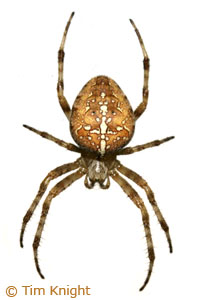
Ladybird, ladybird, fly away home,Your house is on fire and your children are gone…
After much thought over the years as to how to colour these little insects, I am finally beginning my ladybug collection! Recently, I have found a product that makes enameling at home far more conceivable, not to mention affordable. The product also has the ability to cling to 3-Dimensional surfaces, one of the major limiting factors I have been encountering when trying to colour coat the sloped backs of my insect jewellery.Ladybugs are most notably thought of as red, but they also come in varying shades of yellow, orange, white, black, gray, and brown. I am excited to begin working with the iconic Ladybug, as I hope to represent both the immediately recognizable red beetle, as well as other obscure ladybug species. As you can see from the image (below), the variety amongst species offers endless sources of inspiration through striking patterns and colour combinations. The Ladybug’s Latin name, Coccinelid, comes from the Latin word Coccineus, meaning “scarlet”. Their influence has been recognized throughout various cultures around the world, being viewed as a symbol of good luck in many and being represented in folklore.
 After making the rubber mold and casting quite a few of these little guys, I cleaned them up and have since been working away on them! Below are the final pieces. I look forward to experimenting with these beetles.
After making the rubber mold and casting quite a few of these little guys, I cleaned them up and have since been working away on them! Below are the final pieces. I look forward to experimenting with these beetles.














